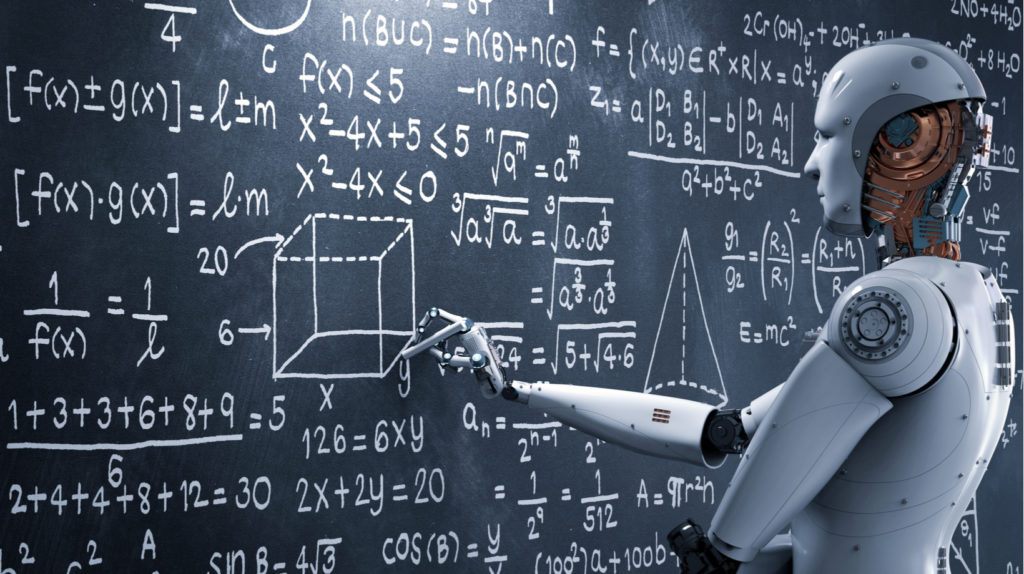Artificial Intelligence (AI) is revolutionizing education, making learning more personalized, efficient, and accessible. In 2025, AI-powered tools are enhancing the way students learn, teachers instruct, and institutions manage education. From AI tutors to smart grading systems, artificial intelligence is changing the traditional classroom into a tech-driven learning environment.
Let’s explore how AI is reshaping education for students, teachers, and institutions worldwide.
How AI is Transforming Education
AI-driven technologies are making education more interactive and tailored to individual learning needs. Here are some of the key ways AI is improving the education sector:
1. AI-Powered Personalized Learning
AI analyzes students’ strengths, weaknesses, and learning styles to create customized lesson plans, helping them learn at their own pace.

2. AI Chatbots as Virtual Tutors
AI-powered virtual tutors assist students with homework, answer questions, and explain difficult concepts in real time.

3. AI in Automated Grading and Assessments
AI tools automatically grade assignments, quizzes, and exams, saving teachers time and ensuring fair evaluations.

4. AI-Powered Smart Classrooms
AI enhances digital classrooms with smart voice assistants, interactive AI-powered whiteboards, and real-time student engagement tracking.

5. AI for Language Learning and Translation
AI-powered language learning apps use speech recognition and real-time feedback to help students master new languages faster.

6. AI in Special Education
AI tools assist students with disabilities by providing speech-to-text, text-to-speech, and AI-powered reading tools.

The Future of AI in Education
As AI continues to evolve, we can expect:



Final Thoughts
AI is transforming education by making learning more personalized, accessible, and interactive. From virtual tutors to smart grading, AI is enhancing both student and teacher experiences. While AI cannot replace human educators, it is a powerful tool that supports better learning outcomes.
As AI continues to advance, the future of education will be more adaptive, intelligent, and globally connected.
Are you ready to embrace AI-powered education?


